Because, unfortunately, the idea that rustic furniture means rounds of wood, roots or traditional carvings, assembled and finished according to the inspiration of the moment, we had an article in which I tried to present a kind of regulation for those who make such furniture. Rustic furniture has its roots in the authentic village, not in the one that has 'enriched' itself with the wall carvings seen on the facades of palaces in Italy or France. The peasant's furniture was not glossy, nor did it have a coat of varnish 1 cm thick. And when the natural color was not preserved, the inspiration for coloring the wood was also found in the life, customs and materials of the village.
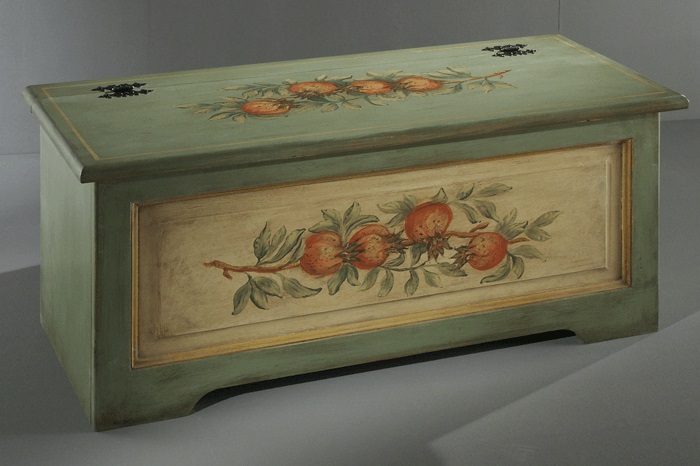
Specific village colours
You notice I didn't say the Romanian peasant. Because rustic furniture is about a universal peasant, and if you have the patience to see what rustic furniture looks like in other countries you will discover many common elements. I made such an attempt when I talked about painted furniture. Every country has its own specific elements, but they all chose to embellish their furniture by painting the flowers, animals and birds they encountered in everyday life.
Rustic furniture is best matched with the colors that are commonly found in the countryside. Lately in great demand are the colors that reproduce wood ageing because of the action of the sun. It's the color we used to see on fence boards. Fences in villages may have been protected with linseed oil, but certainly no one bothered to protect them from UV radiation. The fence was made to enclose a space or separate properties and the wood was chosen, based on experience, to resist rot and insect attack. This meant a wood containing resin (molid, larch) or tannin (acacia, oak, chestnutSo that fence changed its color over time, acquiring a specific bluish-grey hue.
The colors that we find in the villages and that are now sought after for wood staining are among the most diverse. The color of ash or clay, of wheat, tobacco or lavender, of fresh must or wine yeast, of flax or hemp, of burnt wood, all represent the rural world and are well suited to rustic furniture.
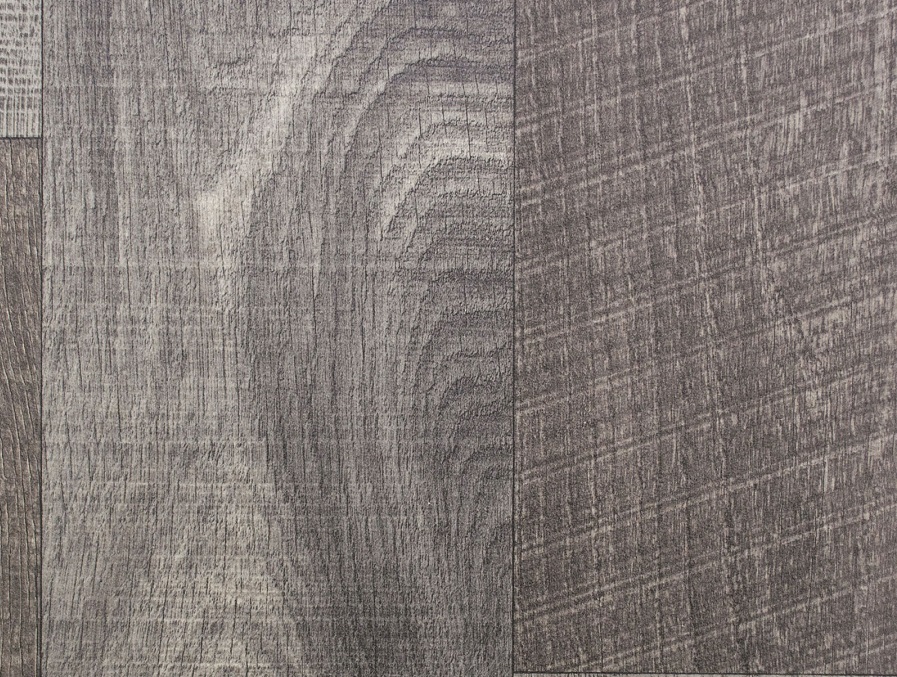
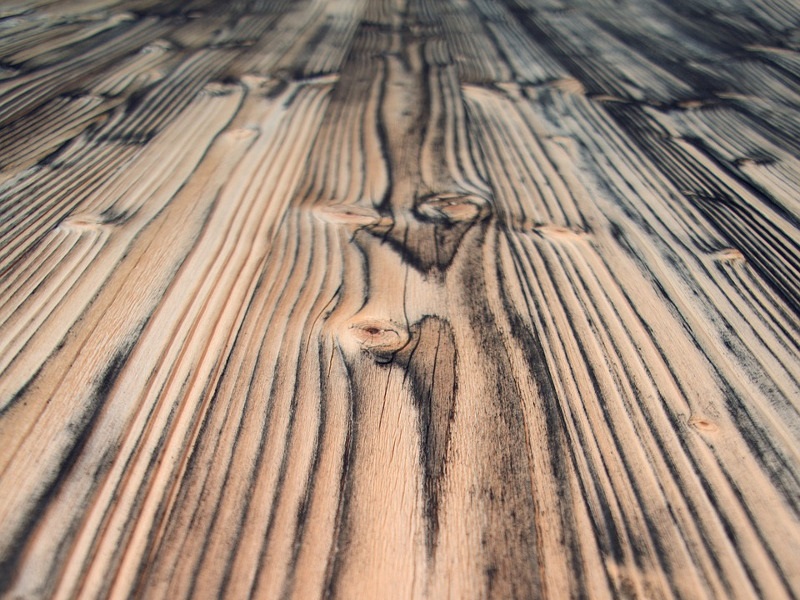
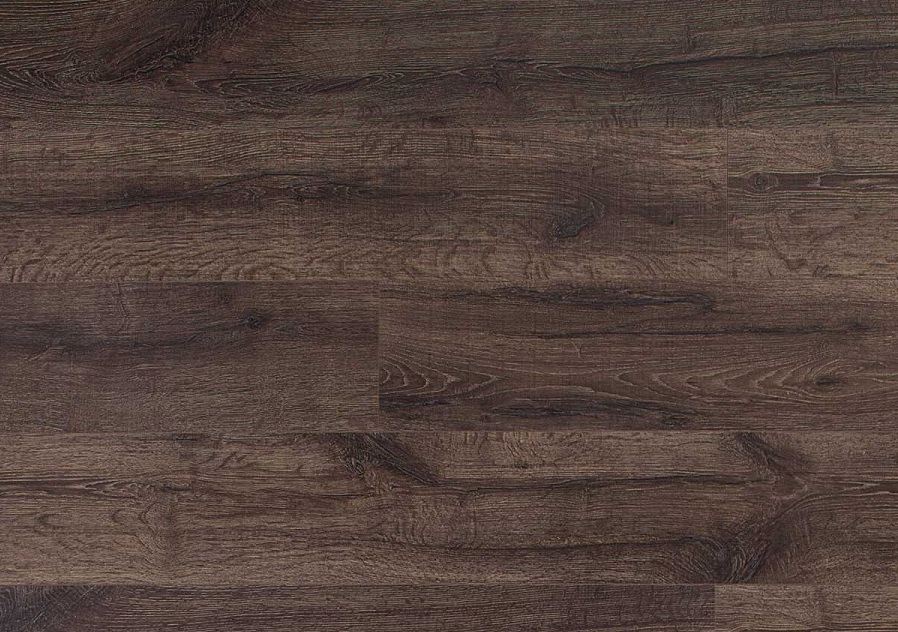
Wood staining
The coloring of wood in shades specific to the village world gives a more authentic look to rustic furniture or floors. Sometimes the wood took on that color due to natural causes (natural ageing of the wood), sometimes because natural solutions were used for staining. Solutions made from onion leaves, walnut leaves, wine yeast, red grape must, beetroot were used not only to color wool or cotton yarn, but also to color wood.
Many of the colors were also used to paint the wood with floral or animal motifs, or simply with elements that we also find in traditional carving. For protection were used, possibly, wax and linseed oil.
All these colors are now being reproduced by manufacturers of wood staining and finishing materials, and staining is becoming much simpler. However, for an authentic antique effect you may need more than just a simple stain.

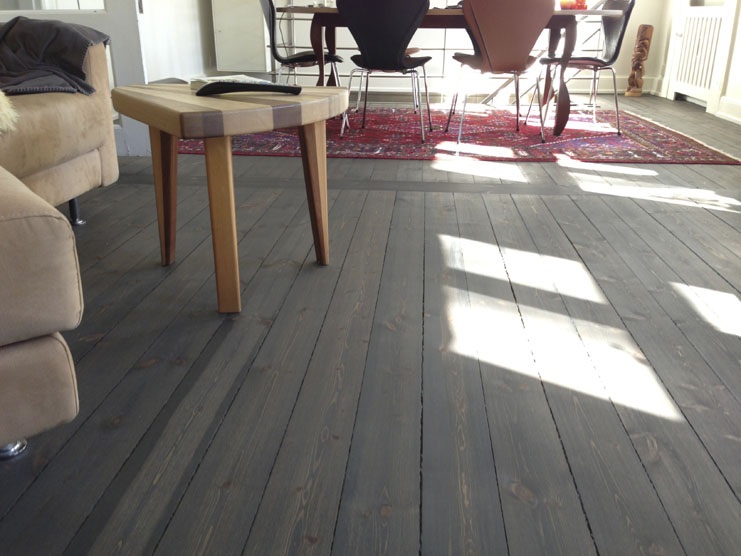
Ways to achieve credible effects
The design and finish are very important in rustic furniture. Unlike other types of furniture, rustic furniture is tougher, rougher, it gives the impression that not a lot of time has been spent on the design side of things, with the focus on practicality. The table, the chairs, the bed are built primarily to be useful. Hence the less crafted or finished look.
In rustic furniture, the surface texturing comes from rough machining. There are marks left from cutting with a chisel or a saw because, if the furniture is doing what it was made for, the fact that the sides are not perfectly straight or the surface is not very well sanded is no longer important.
On these imperfectly worked surfaces, the color is not absorbed evenly and scratches are highlighted. If this is a defect in classical furniture, it is a quality in rustic furniture or flooring.
The rough finish, the dusty look of the colors, the patinas that age, the wax that protects and colors, all lead to the rustic effect. But all this can be totally destroyed by applying a thick coat of gloss varnish for protection. It's the sure way to turn everything into a failure.
Glare only spoils the look of rustic furniture. It's better to do without varnish altogether than to apply a thick coat of gloss varnish. Not only will you ruin the rustic effect, but you'll turn your furniture into kitsch.

In conclusion
The look of old rustic rustic furniture or flooring can be achieved with the help of baths that reproduce rural colors. But this is not enough. For an authentic look you need simple patterns with a mainly utilitarian emphasis, a rough treatment of the wood and protecting it with oil or wax. If protection with such materials cannot be achieved because of low resistance to certain factors (scratching, high temperatures, staining), then the varnish used should be as matt as possible and applied in as thin a layer as possible.
Wood staining in such cases need not be uniform, like plastic. The bleach, which absorbs differently into the wood, should highlight its grain and even some imperfections (scratches, dents, flaws caused by the use of defective tools).
The village world is beautiful precisely because of its sometimes rugged simplicity, its inclination towards utility and less towards finesse, its close connection with nature. We like it when it is authentic and has not been changed by conveniences, rules or parvenuism. And if we want our furniture to resemble this world, we have to stick with its authentic or highly reproduced materials and colors.
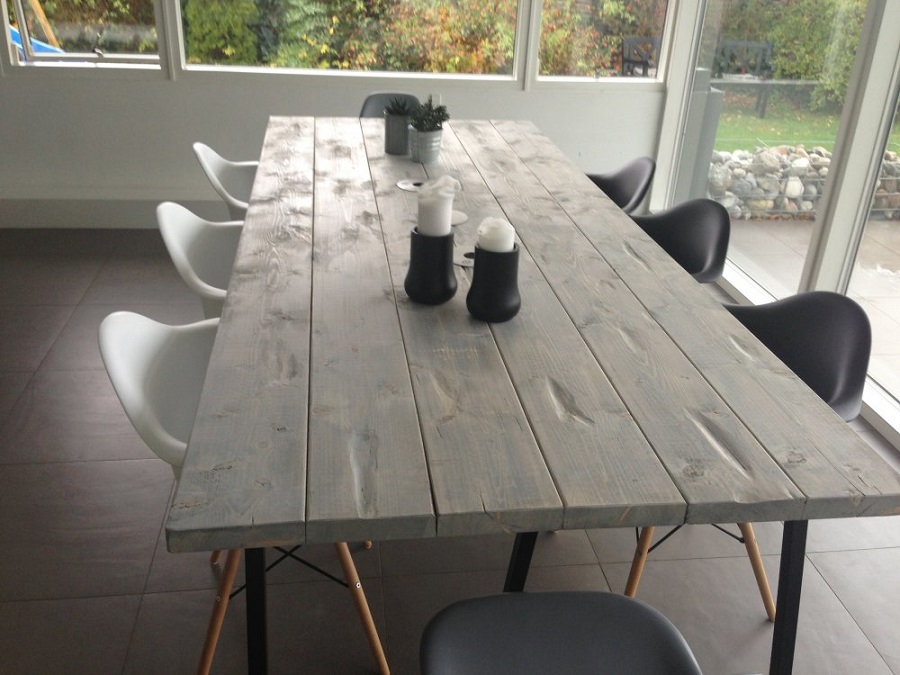



























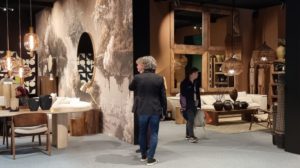


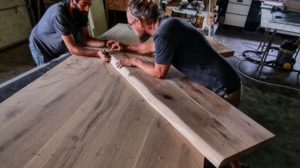





A very informative article, thank you very much
Thank you in turn for following us!